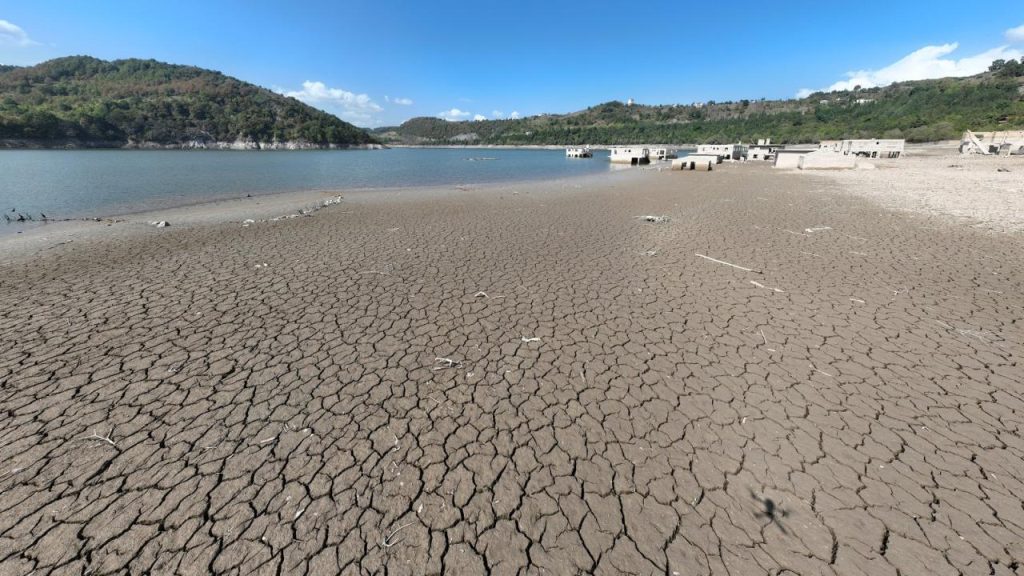Global warming-triggered climate change is impacting our lives more severely each day. Water sources are rapidly depleting, especially long-term decreases in surface and groundwater levels are becoming undeniable. These conditions are referred to as “hydrological drought,” leading to dramatic drops in water levels from rivers to lakes, dams to groundwater sources.
Hydrological drought is now being seen in many countries worldwide. But what about Turkey? In which regions is hydrological drought being felt most intensely? We spoke with Istanbul Aydin University Faculty Member and Meteorology Expert Dr. Güven Özdemir about the impacts of hydrological drought on Turkey.
In recent years, the unstoppable increase in temperatures has led to meteorological drought being seen almost everywhere in the world. Consequently, the risk of hydrological drought is also increasing and beginning to make its impact felt day by day. Meteorology Expert Dr. Güven Özdemir
Drought is known as a challenging period where rain seems to disappear, and nature is tested by drought. During this period, significantly lower rainfall levels, compared to normal levels, not only threaten lands but also water sources, disrupting the natural balance.
Drought appears in three different types: meteorological, hydrological, and agricultural. Among these, hydrological drought is the most insidious, as it emerges after months or even years of drought following the end of meteorological drought. Even after meteorological drought ends, its effects continue. Dr. Özdemir emphasizes that hydrological drought is linked to global warming, stating, “In recent years, the unstoppable increase in temperatures has led to meteorological drought being seen almost everywhere in the world. Consequently, the risk of hydrological drought is also increasing and beginning to make its impact felt day by day.”
Hydrological drought does not develop immediately. It progresses more slowly compared to meteorological drought but can last for a longer period. Even if rainfall returns to normal, it takes time for groundwater to replenish, resulting in the continued impact of hydrological drought.
Dr. Özdemir highlights that the decrease in the hydrological cycle also gives rise to agricultural drought, stating, “Even with heavy rains, such as floods, tornadoes, storms, regional drought occurs because the rain disappears suddenly. This is why local rainfall does not have a significant impact on drought.”
Dr. Özdemir explains the impact of meteorological events on hydrological drought, stating, “Last winter, we experienced a snow drought. The Eastern and Central Black Sea regions received rainfall, and some rain was also seen in the Marmara region. The Aegean and Mediterranean regions did not receive the necessary rainfall, leading to a decrease in groundwater levels. Sinkholes formed in the Central Anatolia region.”
It is important to raise awareness about water scarcity, as hydrological drought is the main cause of agricultural drought. Dr. Özdemir warns, “Water scarcity is a very important issue. Our state is giving the necessary importance to this issue. But as citizens, we also need to contribute because hydrological drought is now making its presence felt throughout Turkey.”
Different regions are affected differently by hydrological drought. While one region may experience severe drought, another region may face less severe impacts. So, in which specific regions of Turkey is hydrological drought observed most intensely? Dr. Özdemir provides the answer, stating, “Hydrological drought is most severe in the Southeastern Anatolia region. The coastal regions of the Mediterranean and Aegean regions, as well as the Central Anatolia region, are also experiencing drought. This year, there was some rainfall on the coasts of Marmara and the Black Sea. However, unfortunately, all other regions are currently experiencing hydrological drought.”


